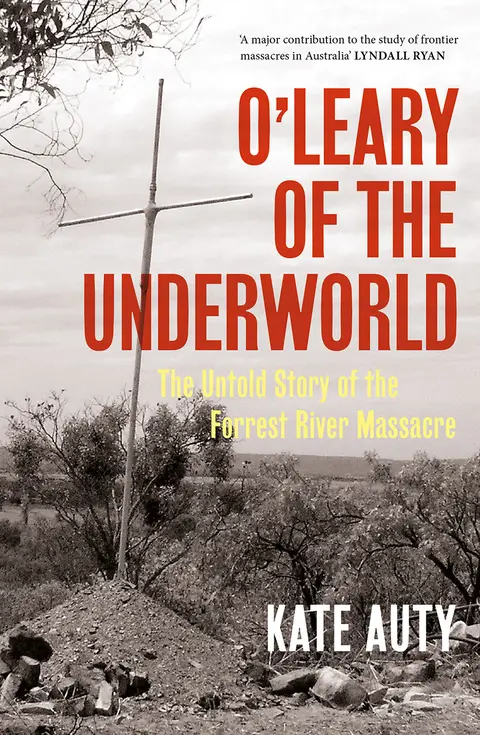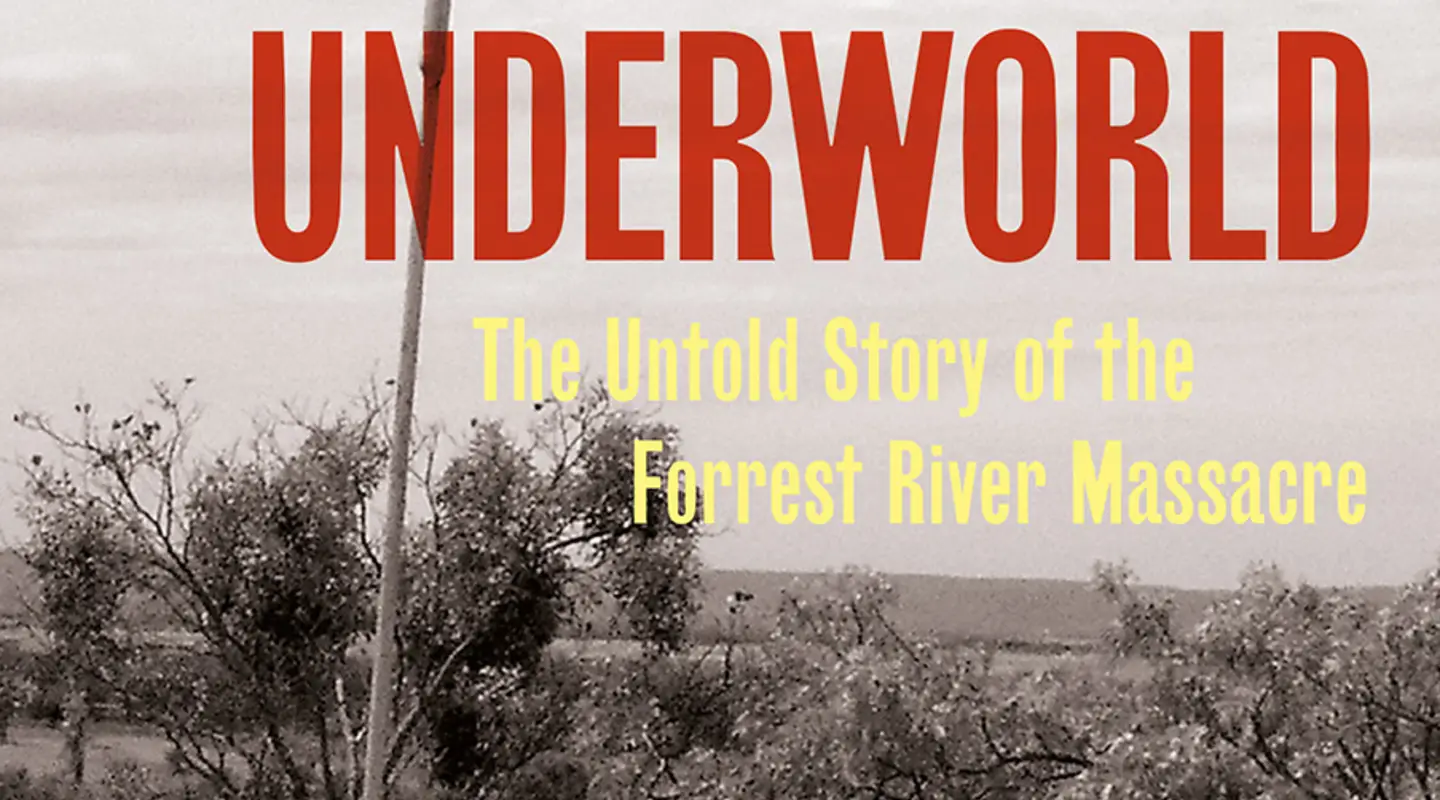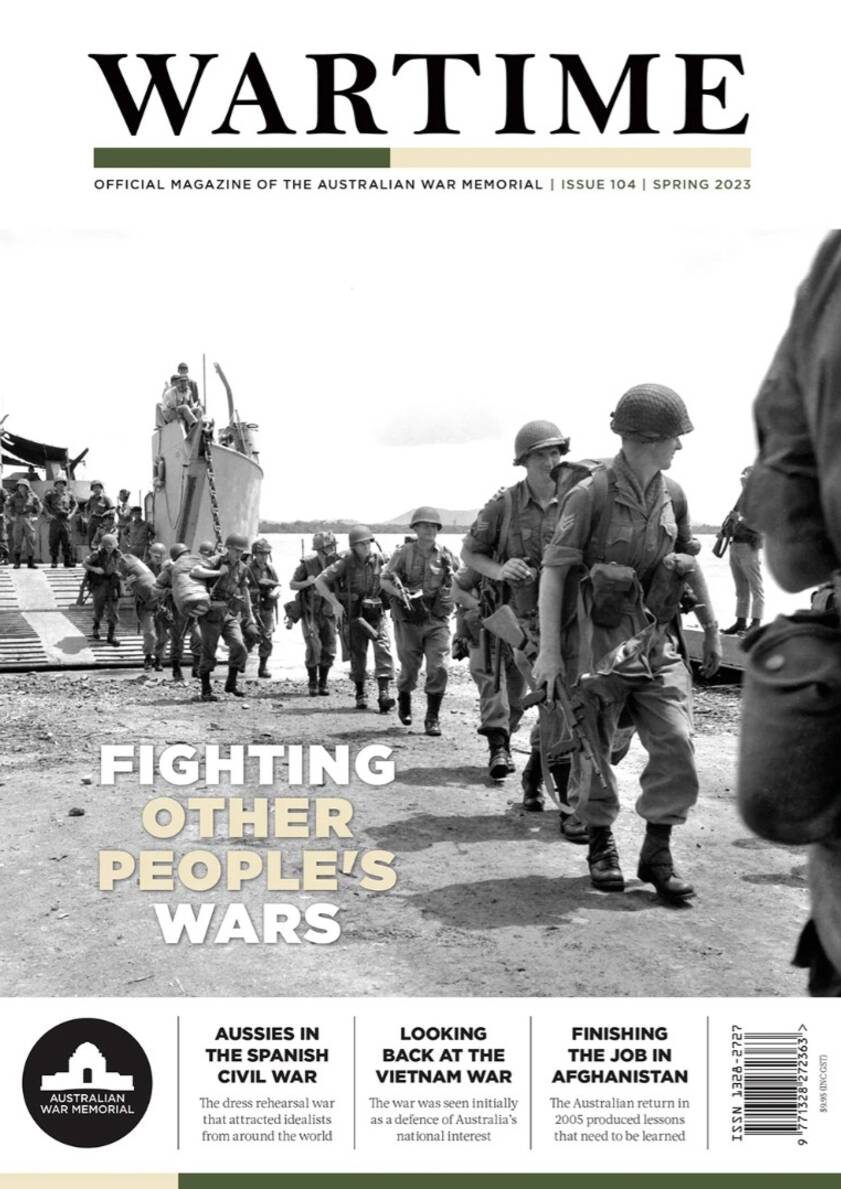The history examined in Kate Auty’s O’Leary of the Underworld can at times be unsettling, confronting and even unpalatable, which is exactly why it deserves to be told.
 +
+
O'Leary of the Underworld: The untold story of the Forrest River Massacre by Kate Auty
Details: Non-fiction, published 2023.
Format: Soft cover, 288 pages.
The history examined in Kate Auty’s O’Leary of the Underworld can at times be unsettling, confronting and even unpalatable, which is exactly why it deserves to be told.
The book is, in part, the biographical study of the work’s titular historical figure, Patrick Bernard O’Leary (actual name Francis Bernard Coffey). At times it is an investigation of legal procedures and prosecutions that occurred nearly a century ago. Running as an undercurrent connecting these two threads is a story of the Kimberley region of north-western Australia in the 1920s and the often brutal frontier violence that occurred there.
In O’Leary of the Underworld, Auty unravels the silences, misjudgments and contextual factors surrounding the massacre of at least twenty Aboriginal people in the traditional lands of the Yiiji people by police officers and white civilians in June 1926. The massacre occurred as retribution for the killing of pastoralist Frederick William Hay by an Aboriginal man named Lumbia. Hay, as well as many members of the police expedition including O’Leary, were returned servicemen from the First World War and lived on or had run soldier settlement blocks in the area – known colloquially as “the Underworld”.
In 1927, a Royal Commission was launched into the alleged massacre, which determined that the all-white members of the patrol had lied and orchestrated their testimony. Only two police officers were subsequently charged for the murders; their case was dismissed during the preliminary hearing. Lumbia, meanwhile, was convicted for murder and imprisoned in 1926.
Drawing on her experience as a lawyer, Auty unpacks the failings of the Inquiry and the trials of Lumbia and the two officers with intellectual rigour and convincing determination. At times, her analysis slips into speculation, and the two parallel aims of the book do not always run together seamlessly.
Despite this, O’Leary is a captivating, thorough exploration of a particularly violent aspect of Australia’s interwar history that will likely engage and discomfort in equal measure.

